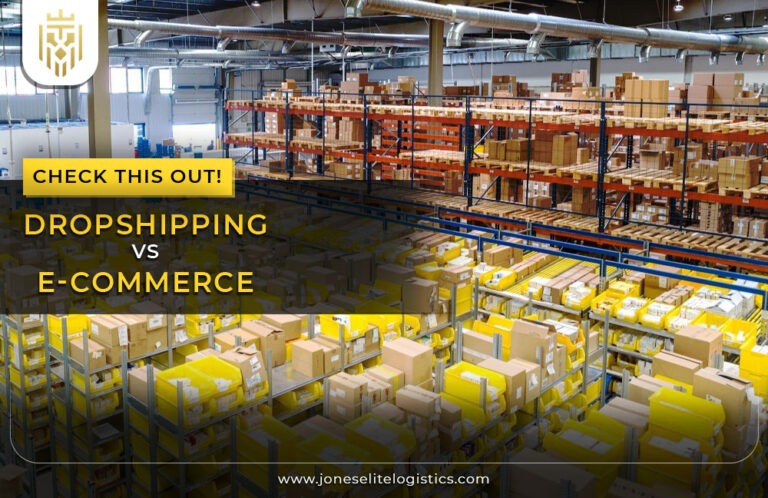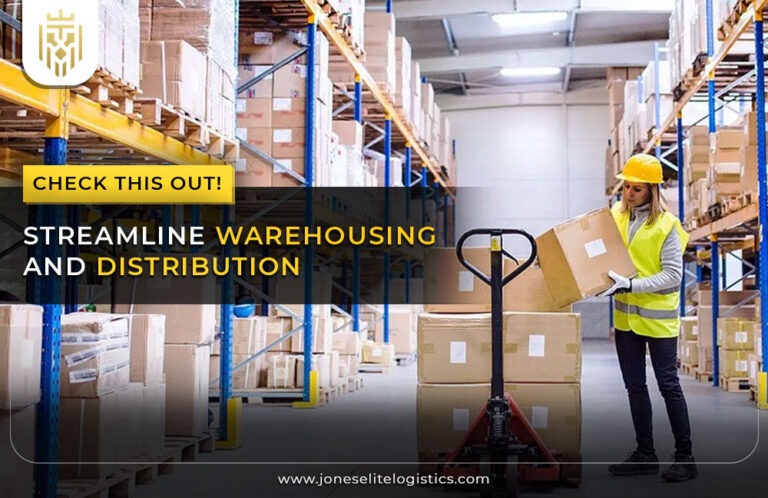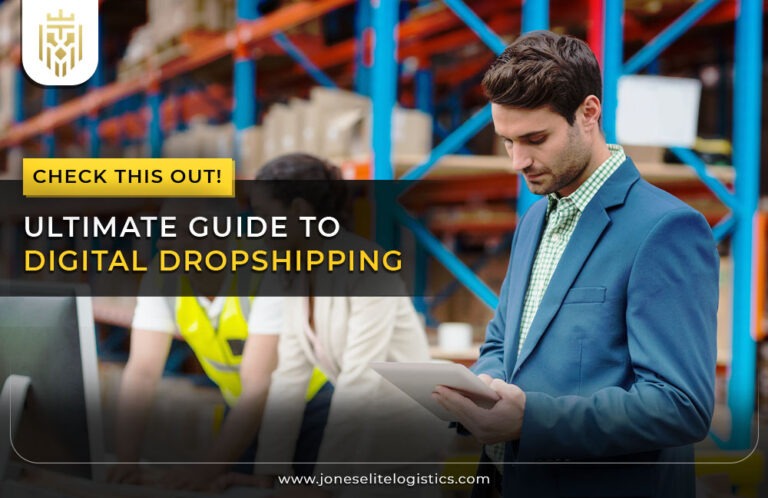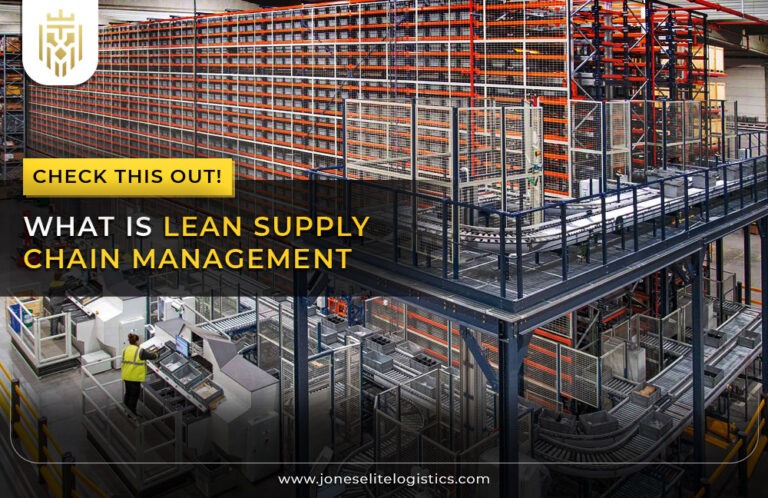What is Cold Chain?
A cold chain involves the running of a temperature-controlled supply chain and its procedures, which include the storage, transportation, and distribution of perishable products such as food and pharmaceuticals. Specific temperature ranges are maintained to prevent their contamination.

Understanding the Role of Cold Chain Logistics:
Supermarkets and other grocery stores are the benefactors of efficient cold chain logistics as they can sell fresh perishable food items to the general public. We shall go through the following info to understand the role of cold chain logistics:
What is Cold Chain Logistics?
Cold chain logistics includes the planning, management, and implementation of temperature-controlled procedures that are involved in the preservation and transportation of perishable goods. This ensures the products are within the required temperature setting throughout the supply chain.
From Farm to Fork: How Cold Chain Logistics Keeps Perishables Fresh:
Cold chain logistics play a crucial role in maintaining the freshness and safety of perishable products with cold storage facilities to ensure a consistent temperature range from the point of production till its final destination is maintained to safeguard its optimal condition.
The Science of Cooling: Exploring the Technologies Behind Cold Chain Logistics:
Cold chain logistics relies on various technologies like specialized refrigeration, refrigerated trucks, and temperature-control systems such as temperature monitoring devices. Internet of Things (IoT) tech makes it possible to monitor temperature and humidity in real time and immediately make quick adjustments.
Why Cold Chain Matters
Restaurants, hospitals, and other businesses that operate in remote places would have been harder to run if not for cold chain logistics. We shall be going through the reasons for why this matters and how it is beneficial:
Preserving Perishables: Ensuring Quality and Safety in Food and Pharmaceutical Industries:
Cold chain logistics is essential for food and pharmaceutical manufacturers to preserve the quality, safety, and efficacy of their food products and pharmaceuticals. The software and machinery are implemented to prevent contamination and degradation due to temperature fluctuations.
Meeting Regulatory Standards: Understanding the Compliance Requirements in Cold Chain Logistics:
Due to the temporary and high-risk nature of food and pharmaceutical products, strict regulatory standards are maintained in cold chain logistics to ensure they meet quality and safety requirements. This helps prevent a possible outburst of public sickness and maintains customer trust.

Components of Cold Chain Logistics:
In addition to the expected components of a typical logistics supply chain, the cold chain system consists of a few additional requirements to ensure its smooth functioning:
Temperature-Controlled Storage: Keeping Products Fresh Every Step of the Way:
Refrigerated warehouses and other cold storage facilities with temperature-controlling technology are essential components of cold chain logistics. They facilitate the necessary environment to preserve products during storage and distribution.
Refrigerated Transportation: Safeguarding Perishables During Transit
The transport mode utilized by the food and pharmaceutical industry to transfer their goods to and from places is refrigerated transportation. It consists of trucks, ships, and planes that have an in-built refrigeration system that stores the goods at a regulated temperature for the whole duration of their journey.

Key Players in Cold Chain Logistics:
We shall be going through the core players found only in cold chain logistics who are very vital in ensuring the success of each shipment process:
Suppliers: Providing Temperature-Controlled Packaging and Equipment:
Suppliers play a key role in manufacturing and distributing temperature-controlled packaging, refrigeration equipment, and other technologies. In addition, they leverage their expertise in cold chain logistics with excellent guidance on the best practices and solutions to optimize temperature control and efficiency.
Logistics Providers: Managing Cold Chain Transportation and Storage:
Logistics providers handle the complex procedures involved in storing, transporting, and distributing goods, with their expertise in coordinating temperature-controlled transportation routes. They ensure timely delivery and also uphold the cold chain’s integrity.
Regulatory Agencies: Setting Standards and Monitoring Compliance:
These agencies establish and enforce standards for cold chain logistics to ensure that perishable products are being maintained without compromising their quality and safety. They monitor compliance with regulations to ensure overall public health safety.

Challenges and Considerations in Cold Chain Logistics:
The cold chain logistics industry has its specific set of challenges that are being answered in various ways, yet they keep coming back. We shall go through some of them and understand the ways they are being tackled:
Maintaining Temperature Integrity: Overcoming Challenges in Extreme Conditions:
Temperature fluctuations are nature’s phenomena that occur every moment due to natural and human-influenced factors. Maintaining it within a certain space has been mastered since the last century with temperature-controlling devices and software, and some of its benefactors are the cold chain logistics industry.
Technology Integration: Leveraging Innovations to Improve Cold Chain Efficiency:
Technology has largely contributed to the existence and development of cold chain logistics and is continuing to do so. IoT sensors, blockchain, and predictive analysis are some technologies contributing towards enhanced efficiency, visibility, and traceability of temperature-sensitive products, improving their management.
Sustainability Initiatives: Balancing Environmental Impact with Cold Chain Needs:
The increased demand for cold chain logistics is also proportional to its increased environmental footprint, which is being dealt with regularly through innovative ideas and technological solutions. Energy-efficient refrigeration systems, eco-friendly packaging materials, and nature-friendly transportation systems are some of the solutions being widely implemented.
FAQs
What is a cold chain in logistics?
A cold chain involves the running of a temperature-controlled supply chain and its procedures, which include the storage, transportation, and distribution of perishable products such as food and pharmaceuticals. Specific temperature ranges are maintained to prevent their contamination.
What are the two types of cold chains?
The two types of cold chains are ambient temperature-controlled chains, which maintain products at room temperature, and refrigerated cold chains, which maintain low to freezing temperatures for perishable goods.
Why is the cold chain important?
It preserves the quality, safety, and efficacy of perishable products such as food and pharmaceuticals by preventing spoilage and contamination due to temperature fluctuations throughout the supply chain.







